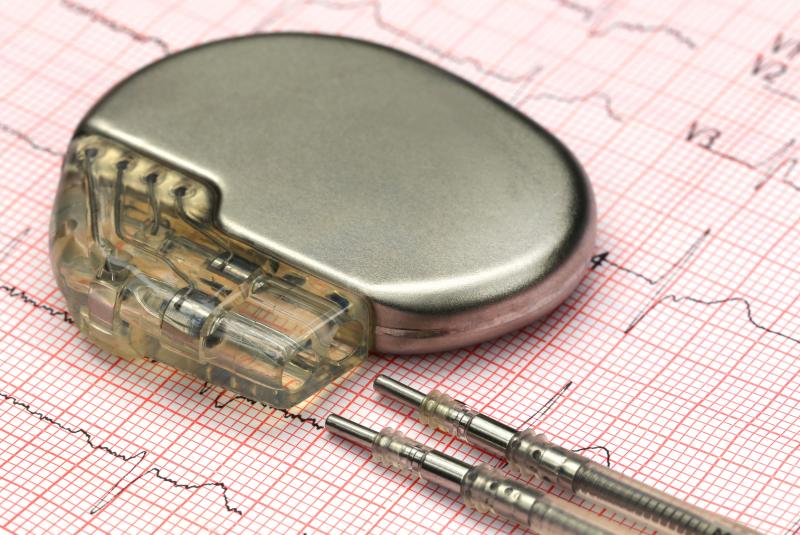 Data retrieved from a cardiac pacemaker cast doubt on Compton’s statement about the fire that burned his home, leading them to suspect him of deliberate arson and insurance fraud.
Data retrieved from a cardiac pacemaker cast doubt on Compton’s statement about the fire that burned his home, leading them to suspect him of deliberate arson and insurance fraud.Remote monitoring appears to be an effective method to measure noise in implanted pacemaker leads, a recent study has shown.
Researchers conducted a deidentified, multicentre, prospective observational study on 115 patients with 148 Tendril pacemaker lead implants, and 484 patients who had received a Novus lead implant. Noise was defined as device electrical activity detected on an electrocardiogram, not attributable by normal device function, cardiac activity, or external stimuli.
In the present study, lead data for the implants were transmitted remotely on a monthly basis and were reviewed by a cardiac technician.
Noise was detected in twelve Tendril implants, yielding an overall rate of 8 percent. Of these instances, nine were atrial leads, and the remaining three were right ventricular leads. Demonstrable noise typically became more frequent after the initial episode was observed.
In comparison, only two patients in the Novus showed evidence of noise, with a resulting rate of 0.27 percent.
Moreover, the Tendril leads had been implanted for an average of 60 months before the first instance of noise, and majority of the cases developed between 51 and 68 months of lead life. The time before first noise episode in the Novus group was 105 months.
“Noise detected either directly as noise, or indirectly … can be seen as an alert within 24 hours or at routine download, depending on the alert setup of the remote monitoring system,” the researchers said.
This offers benefit over traditional outpatient clinic-based pacemaker interrogation, which may only be occurring annually by the time the first noise episode is seen,” they added.